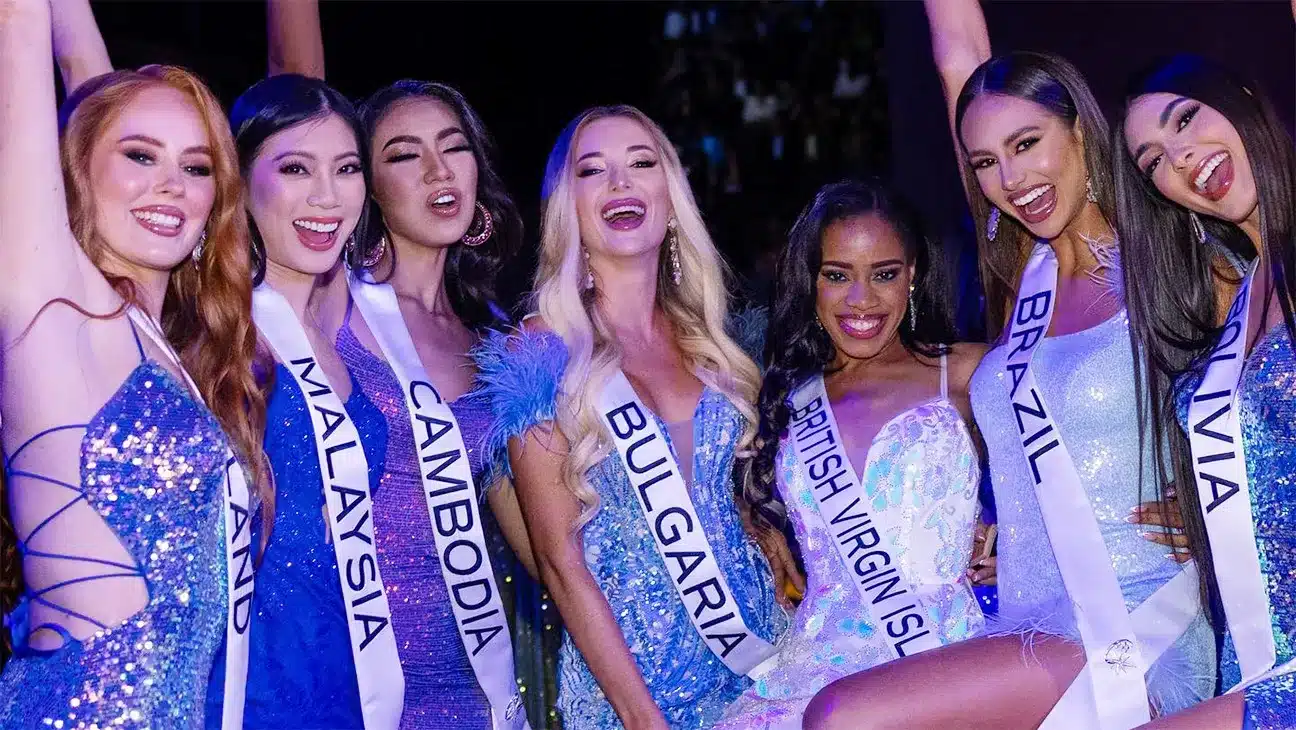In recent years, the Miss Universe rulebook has been tweaked to represent more modern times, to accommodate and celebrate diverse women from all walks of life, and ideas of universal beauty have become more flexible
Miss Universe began in the early 1950s after being born out of controversy. The contest was formerly known as Miss America.
During that time, the ruling Miss America, Yolande Betbeze, refused to wear a Pacific Mills bikini. In response to her refusal, the company decided to launch its contest. A contest was set to cover 'the entire universe' rather than just the United States.

The competition's regulations gradually began to shift, just as the times did. The Miss Universe competition didn't begin touring the globe until 1972. The first nation to host it was Puerto Rico.
Two significant age and marital restrictions applied to the contestants: they could not be married and had to be between the ages of 17 and 24.
Additionally, neither the finalists nor the winner may get married or become pregnant throughout her reign. As additional former Soviet nations entered the competition in the 1990s, more women were able to compete.
The pageant was exposed to shifts in the definition of beauty throughout this new era. After women's rights gained more traction, the competition began to reward skills like intelligence, communication, and other abilities besides physical beauty.
For this aim, interviews would be held with the finalists, and the winner would be selected based on both her intelligence and appearance.

Donald Trump owned Miss Universe to some extent between 1996 and 2015. His direction of the pageant resulted in a few adjustments. Trump downplayed the significance of "intelligence" in favor of a notion more akin to "Top Model."
The finalists used to wait to find out who would win by standing together. That rule was modified in more recent times. Now comes the call of the finalists, in progressive order. Until the winner and the runner-up are the only two women remaining, they exit the stage.
The contest tacitly leaves the possibility for a transgender woman to participate. The only condition is that her country of origin recognizes her as a woman.
An example of this new inclusivity is Angela Ponce, Miss Spain; the first transgender woman in the Miss Universe pageant in 2018. Beyond including all women who are "legally defined," Miss Universe's organization intends to expand the eligibility requirements even more.
The organization declared in September 2022 that married women would be permitted to enter the competition starting in 2023. An important beauty pageant regulation is reversed after seventy-two years.
Furthermore, married or unmarried women with children are permitted to compete. In the realm of beauty pageants, both changes—marriage status and maternity—represent revolutionary developments.
The limits have only changed a little. Previously, it was 17 to 24 years and now a candidate has to be between 18 and 27.




















